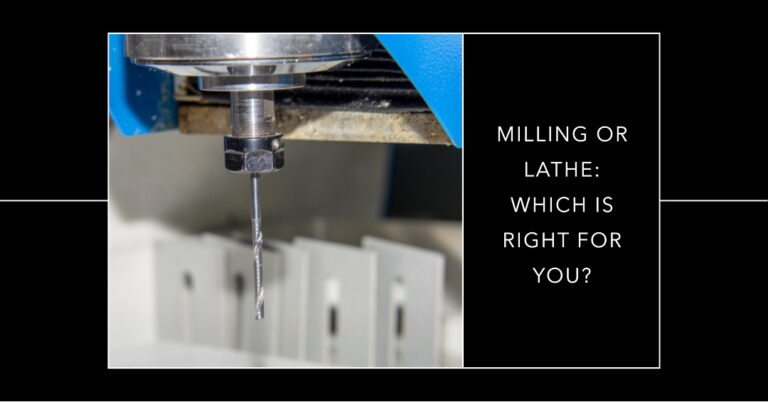Turning a Pen on a Lathe: Complete Guide

The satisfying feeling of watching a piece of raw wood transform into a functional, beautiful object. If you’ve ever been intrigued by this craft but needed to know where to start, you’re in the right place.
Today, we’re deliver the info of turning a pen on a lathe. Whether you’re a seasoned woodworker looking to expand your skill set or a complete novice enticed by the world of pen turning, this comprehensive guide is designed for you.
We’ll cover everything from the basics to picking out the best lathe for the job.
Pen Turning Basics
Before we get too deep into the nuts and bolts, let’s start with the basics. Pen turning uses a lathe to shape a pen from wood or other materials.
If you’ve ever gazed at a handcrafted pen and wondered, “Could I make something like that?” the answer is a resounding yes.
What Is Pen Turning?
Pen turning uses a lathe to shape a piece of wood or other material into a pen. But let’s be honest—it’s more than just making a writing instrument. It’s an art form.
A meditation. A dance between you and the wood, where you both contribute to the final masterpiece. If you’re a seasoned woodworker, you might find pen turning to be a quick and satisfying project. And if you’re a beginner, it’s a fantastic entry point into woodworking.
Materials You Will Need for Pen Turning
Before you start, you’ll need to gather some supplies. Here’s a quick rundown:
1. Wood Blanks: Pick a wood that speaks to you, be it oak, maple, or even an exotic wood like cocobolo.
2. Pen Kits: These kits come with the internal workings of a pen, including the ink cartridge, nib, and other parts that make a pen, well, a pen.
3. Lathe: A small benchtop lathe usually does the trick for pen turning.
4. Chisels and Gouges: To shape your pen.
5. Drill and Drill Bits: For hollowing out the pen blank.
6. Sandpaper: Ranging from rough to fine grit.
7. Glue: Usually, CA glue or epoxy.
8. Finish: Shellac, varnish, or another preferred finish.
9. Safety Gear: Safety goggles, dust mask, and ear protection. Safety first, folks!
How to Turn a Wooden Pen on a Lathe
Now that we know what we’re getting into and have all our supplies ready let’s turn that pen!
1. Supplies
First things first, make sure you have all your materials and tools at hand. Trust me, nothing kills the flow like running to the store in the middle of your project.
2. Cutting the Blanks
Cut your wood blank to the length specified in your pen kit instructions. Usually, you’d want the extra distance to account for the parts of the blank that will be discarded during the turning process.
3. Drilling the Blanks
First, secure the blank on a drill press or use your lathe with a drill chuck. Then, skillfully drill a hole through the center. This hole is where the brass tube from your pen kit will be placed.
4. Sand the Tubes, Then Glue to the Blanks
Before inserting the brass tubes into the holes you’ve drilled, please quickly sand them. This helps the glue adhere better. Apply some glue usually CA glue or epoxy and insert the tubes into the blanks.
5. Squaring the Blanks
Before mounting them on the lathe, square the ends. This ensures a snug fit for the pen kit components. You can use a barrel trimmer or a sanding jig for this. Remember, precision matters in this step.
6. Turning
Secure the squared blank on the lathe, making sure it’s snug but not too tight. Begin with a slow lathe speed, gradually increasing as you gain confidence. Utilize chisels and gouges to shape the blank into your desired pen design.
7. Sanding and BLOing
Once you’re satisfied with the shape, start sanding. Begin with a coarse grit and work to a fine grit for a smooth finish.
BLO stands for Boiled Linseed Oil, a popular choice for bringing out the grain in wood. Apply a bit of BLO to a cloth and wipe the pen while it’s still on the lathe, letting the friction work it into the wood.
8. Glueing
This step is for attaching the various components from your pen kit to the wooden body you’ve just turned and sanded.
Follow your pen kit’s instructions carefully. Typically, you’ll use CA glue or epoxy for this step. Again, patience is key here to make sure everything is clear.
9. Sanding and Micro Sanding
Even after you’ve glued the components, more sanding can give you that extra delicate touch. For a truly professional finish, consider micro sanding with extremely fine grits.
10. Finishing
Choose your finishing product shellac, wax, varnish, etc. and apply it according to the instructions. This gives your pen that final, eye-catching shine and protects it for years.
How to Choose the Best Lathe to Turn Pens
Let’s briefly discuss choosing a suitable lathe for your pen-turning projects.
Heavy
Look for a lathe that has a decent weight. A heavy lathe minimizes vibration, making your work smoother.
Mount
Ensure the lathe has a reliable mounting system. A secure mount means your pen blank stays in place, essential for precise turning.
Measurements
Make sure the lathe’s dimensions match your workspace and can handle the size of your blanks.
Conclusion
There you have it a comprehensive guide to turning a pen on a lathe. From understanding the essential tools to choosing the perfect lathe and mastering the controls, you’re now equipped to create your custom pen. It’s a fantastic feeling.
To create something with your own hands that’s both beautiful and functional. So go ahead, let your creativity run wild and happy turning!
Frequently Asked Questions
At What Speed Do You Turn Pens On A Lathe?
Ideal speeds can vary based on the material and the project stage, but generally, it’s good to start slow, around 500 to 800 RPM for the initial shaping, and then go up to 1,200 to 2,000 RPM for tasks like sanding.
How Do You Stabilize Wood To Turn A Pen?
Wood stabilization involves injecting resin into the wood under vacuum pressure. This not only strengthens the wood but also makes it easier to turn.
What Is The Easiest Wood To Turn On A Lathe?
Softer woods like pine, cedar, and poplar are generally easier to turn. However, the type of wood you choose should also reflect the aesthetic you’re going for.






